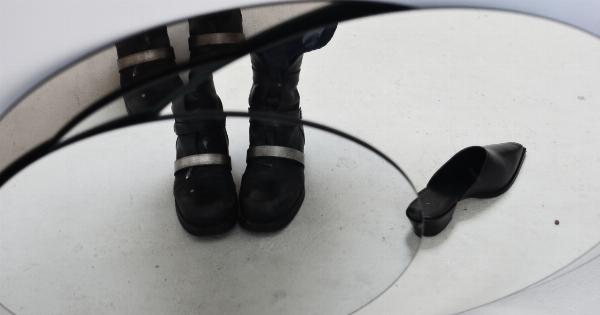Morton’s Syndrome, also known as Morton’s Neuroma, is a condition that affects the nerves in your foot. It’s named after Dr. Dudley Morton, an orthopedic surgeon who described the condition in the 1930s.
Morton’s Syndrome is a common problem, especially among women who wear tight-fitting shoes.
Causes of Morton’s Syndrome
Morton’s Syndrome is caused by the irritation or compression of the nerve that runs between the third and fourth toes. This can happen due to a variety of reasons:.
- Tight or high-heeled shoes
- Injury to the foot
- Abnormal foot structure
- High arches or flat feet
- Repeated stress on the foot
Symptoms of Morton’s Syndrome
The most common symptom of Morton’s Syndrome is a pain or burning sensation in the ball of the foot. It may feel like you are standing on a pebble or a fold in your sock. The pain may also radiate to the nearby toes. Other symptoms include:.
- Tingling or numbness in the toes
- A feeling of pins and needles in the foot
- Swelling between the toes
Diagnosis of Morton’s Syndrome
If you are experiencing symptoms of Morton’s Syndrome, you should visit your doctor. The doctor will perform a physical exam and ask you about your symptoms and medical history.
They may also order imaging tests like X-rays or an MRI to rule out other conditions. In some cases, your doctor may refer you to a podiatrist, a foot specialist.
Treatment of Morton’s Syndrome
The treatment of Morton’s Syndrome depends on the severity of your symptoms. Non-surgical treatments are usually used first, and if they are not successful, surgery may be recommended.
Non-Surgical Treatments
Non-surgical treatments include:.
- Resting the foot and avoiding activities that aggravate the condition
- Wearing shoes with a wider toe box and low heels
- Using arch supports or shoe inserts to take pressure off the ball of the foot
- Taking anti-inflammatory medications like ibuprofen
- Injections of corticosteroids to reduce inflammation and pain
Surgical Treatments
Surgical treatments may be recommended if non-surgical treatments are not successful. The type of surgery depends on the severity of your condition.
- Neurectomy: The surgeon removes the affected nerve.
- Nerve decompression: The surgeon removes the tissue that is compressing the nerve.
Recovery from Morton’s Syndrome
Recovery from Morton’s Syndrome can take several weeks or months, depending on the severity of your symptoms and the type of treatment you received. During recovery, you may need to wear a special shoe or a protective pad to protect the foot.
Your doctor or podiatrist will give you specific instructions for recovery.
Prevention of Morton’s Syndrome
You can take steps to prevent Morton’s Syndrome from developing or getting worse:.




























